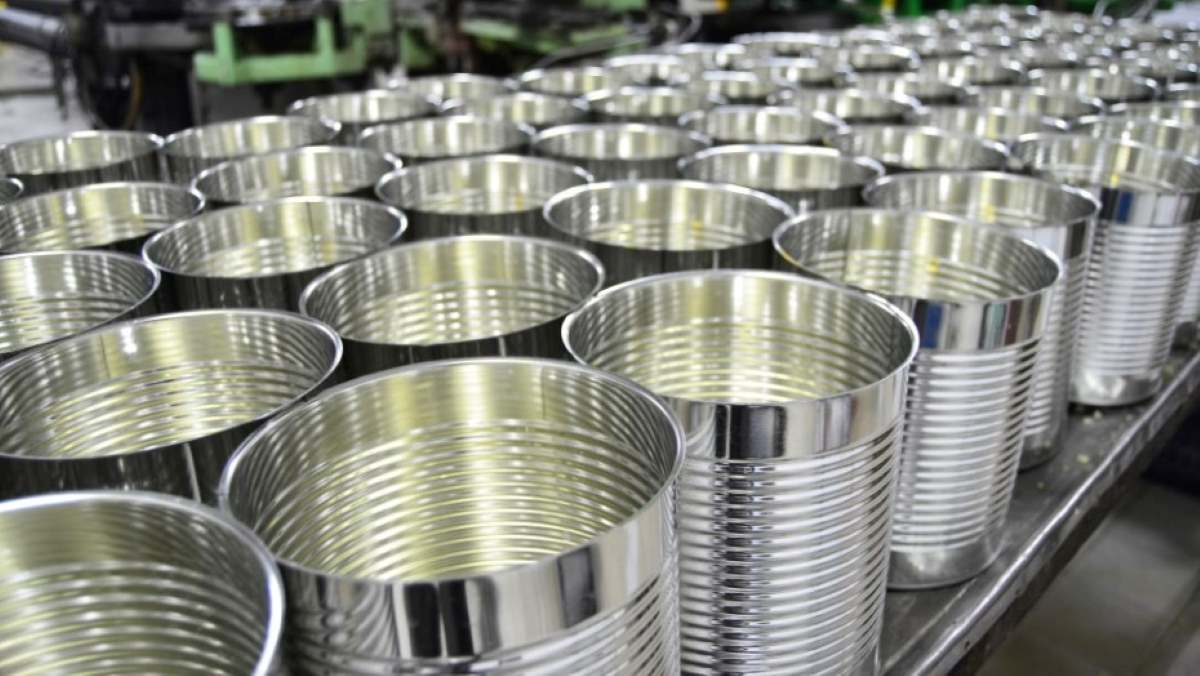Customer: USA Hispanic Food Manufacturer
USA Hispanic Food Manufacturer Improves Process Productivity and Triples Product Production
Shortly after the opening of their Texas, USA manufacturing plant, a leading producer of authentic Latin cuisine in the USA began to struggle with what they believed were mechanical issues in their heating kettles that produced the tasty product they are widely known for. Even though the operation was a bit new, their cooking stations had problems reaching process temperatures and was only allowing them to produce twelve batches of product per day.
Walking The Plant
While other solution providers visited the Latin cuisine manufacturer and left without solving their production problem, their local Spirax Sarco engineer listened to their needs and scheduled a walkthrough of the production facility.
During the facility walkthrough the Spirax Sarco engineer paid close attention to the steam main because the customer had mentioned hearing water hammering. The plant maintenance team turned off the boiler every weekend. This caused the main to get cold and steam condensed, filling the pipe with condensate and air. When start-up began again, hammering occurred, as well as a delay in the heat-up process which created problems on the lines that fed their multiple heating kettles. The Spirax Sarco engineer also found the steam off-take were located on the side of the steam main pipeline. Undersized drip legs were observed, as well as inverted bucket traps throughout the steam loop.
The Spirax Sarco engineer recommended moving the off take-outs to the top of the lines, resizing the drip legs, and replacing inverted bucket traps located on the steam main with universal connectors and float and thermostatic steam traps. This would remove the condensate, vent the air, and bring the manufacturer in compliance with steam best practices.
One More Ingredient For Tasty Success
Although waterhammer was resolved and steam best practices were in place with float and thermostatic steam traps, this improvement didn’t resolve the kettle temperature problem because the piping design was very insufficient. One more step was required to achieve cooking process temperatures in the kettles. The steam main was at 120 psi, and the kettles shared one unique steam line, connected to a competitor’s pressure regulator to reduce steam from 120 psi to 80 psi. After the pressure reducing valve, the steam line was divided into two lines with a competitor's control valve, which regulated steam flow feeding the kettles. The kettles were not reaching the desired cooking temperature because for each two of them there was a unique pressure reduction station in place. These arrangements were forcing each kettle to compete for the same steam source to achieve temperature. The Spirax Sarco engineer’s observations of the cooking area also revealed an undersized broken electric pump and manual draining of each kettle, resulting in dumped product and condensate to the plant floor in an attempt to achieve the needed process temperatures. This was not only wasting product and energy, but creating a costly safety hazard for their employees.
Spirax Sarco recommended reconfiguring the steam pipe to feed each kettle, and the installation of one BVR71 pressure reducing valve per steam line should be installed to reduce steam pressure independently, and avoid heating competition between multiple kettles. After a temperature data analysis on the cooking process, and after heat transference calculations were performed, the Spirax Sarco engineer came to the conclusion there was also a high risk for stall conditions on the coils inside each kettle. Therefore, to maximize the energy transference area, Spirax Sarco recommended replacing inverted bucket traps located under each kettle, with APTHC packages to achieve condensate removal at vacuum/low-pressure conditions.
Good Advice Triples Product Production
The Latin food producer heeded all the advice and recommendations given by Spirax Sarco. The steam piping was reconfigured to feed each kettle and the APTHC pump packages were installed as suggested, allowing the kettles to achieve the desired cooking temperature. Since the proposed solutions were proving to work as promised, the Latin food producer also chose to replace the competitor control valve with the Spira-trol control valve. Spirax Sarco’s recommended solutions paid off nicely. Plant efficiency was greatly improved and resulted in tripling product production, achieving 36 batches of product per day.

